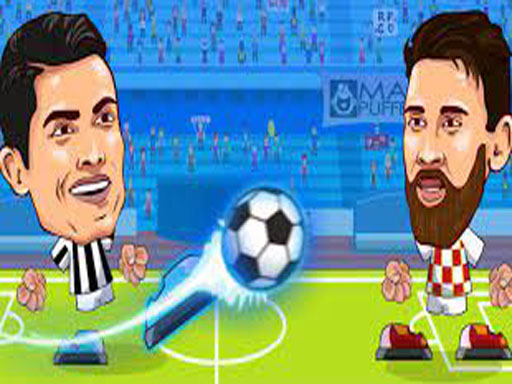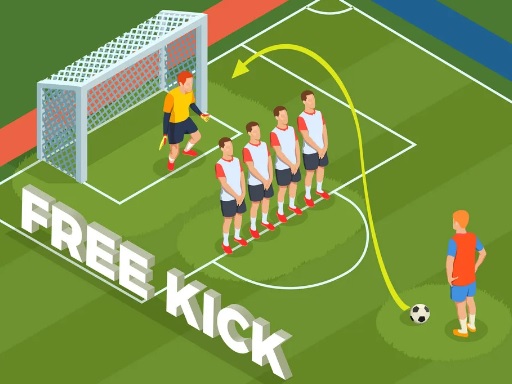In soccer, offside is an important rule. Here's a detailed explanation of what it is:
Basic Definition: A player is in an offside position if they are nearer to the opponents' goal line than both the ball and the second last opponent (usually the last outfield defender, excluding the goalkeeper) when the ball is played forward by a teammate.
Key Elements for Judging:
Timing: The moment of judgment is when the teammate passes the ball. It's not about when the player in question receives the ball.
Position: If a player is in front of the second last opponent and in front of the ball at the moment of the pass, they are in an offside position.
Involvement in Play: Just being in an offside position is not an offense by itself. A player in an offside position is only penalized if, at the moment the ball touches or is played by a teammate, they are involved in active play. This can include interfering with an opponent, touching the ball, or gaining an advantage from being in that position.
Situations Not Considered Offside:
In Own Half: If a player is in their own half of the field when the ball is played forward by a teammate, they cannot be offside.
Receiving a Goal Kick, Corner Kick or Throw-in: A player cannot be offside when receiving a goal kick, corner kick, or throw-in directly from a teammate.
Penalty: When an offside offense is committed, the opposing team is awarded an indirect free kick from the position where the offside player was located when the ball was played by their teammate.
In modern soccer, with the help of technologies like Video Assistant Referee (VAR), the accuracy of offside decisions has been improved to a great extent, reducing controversial offside calls.
For more Soccer Legends, you can visit this address:https://soccer-legends.org/














